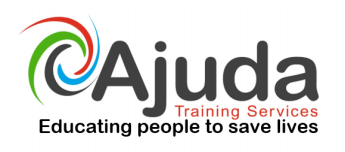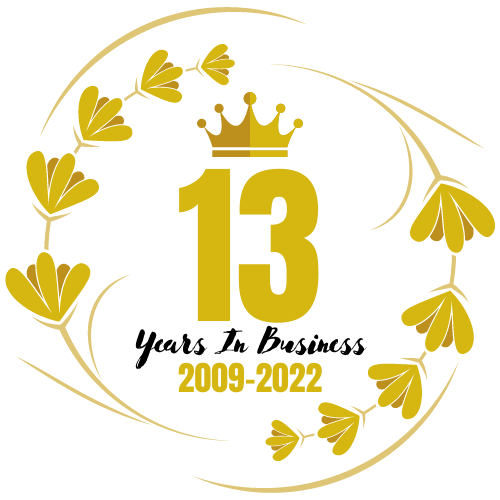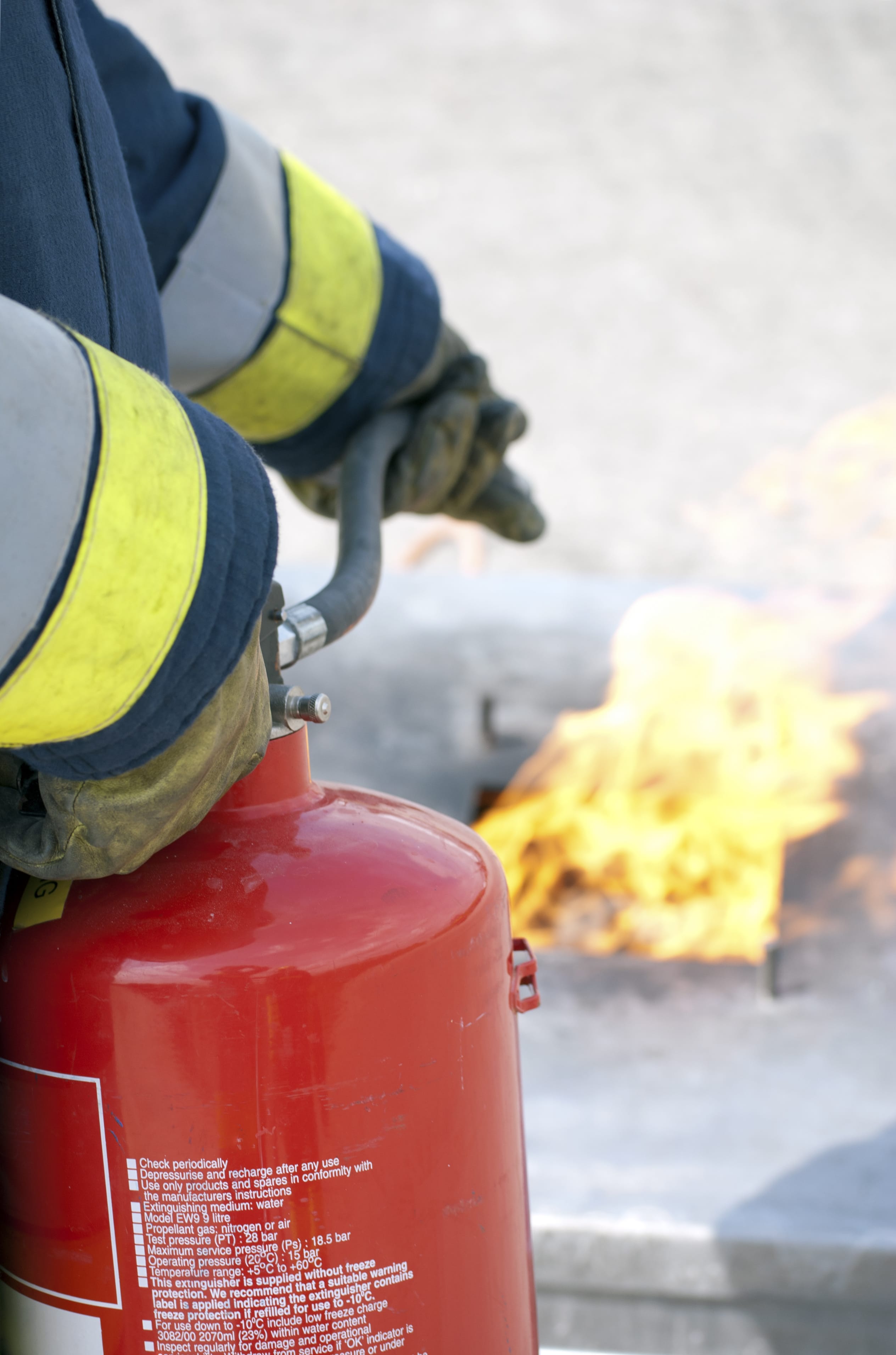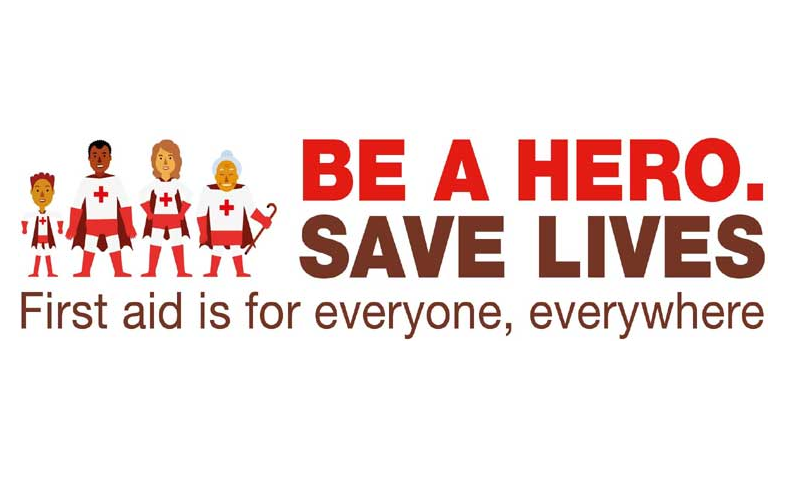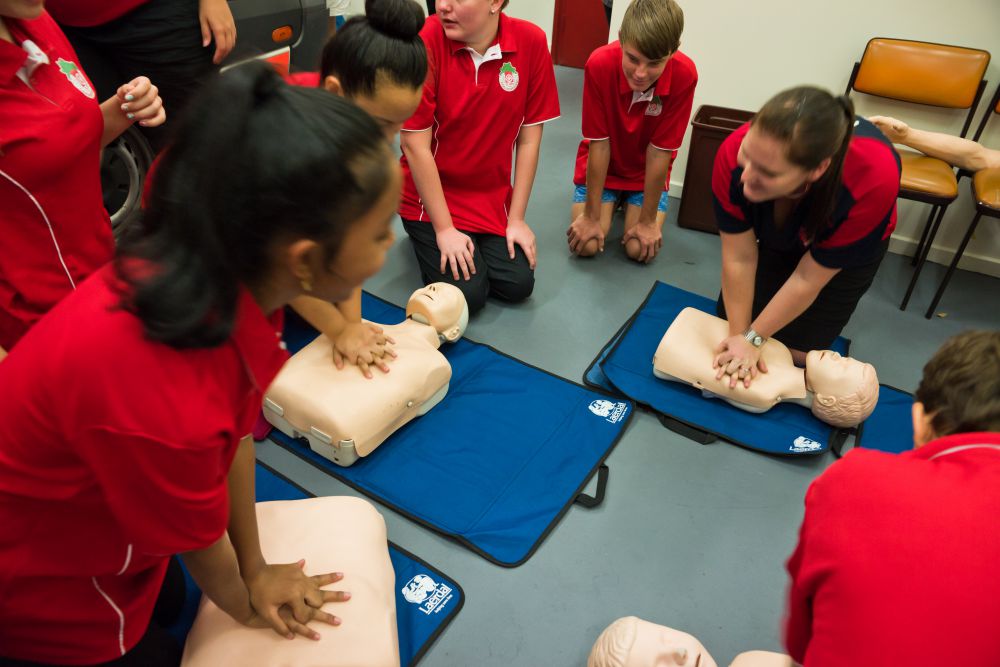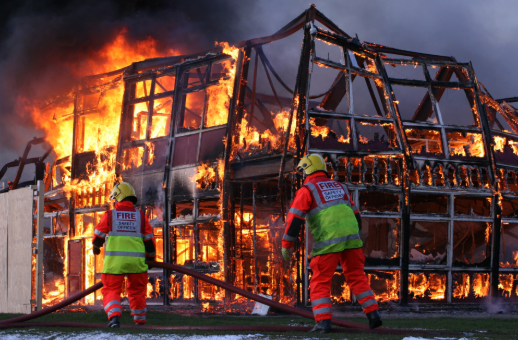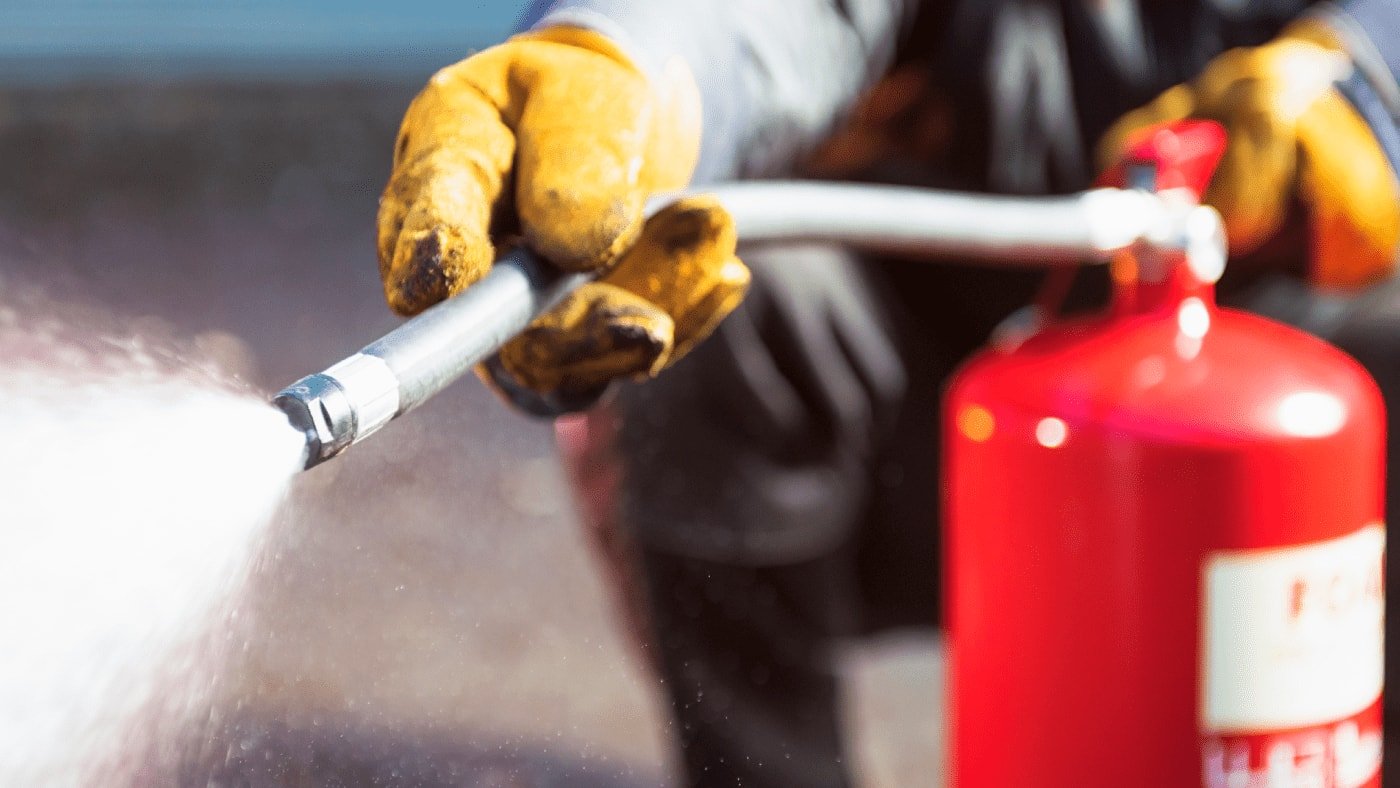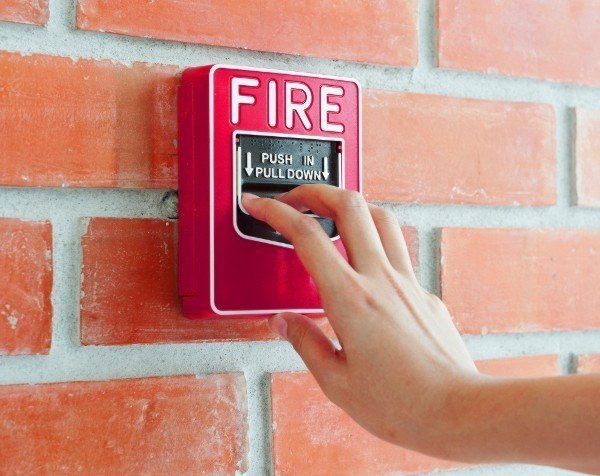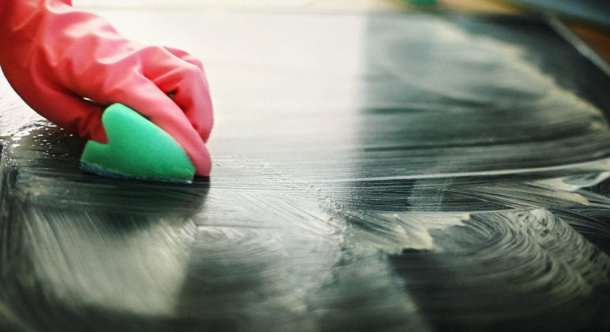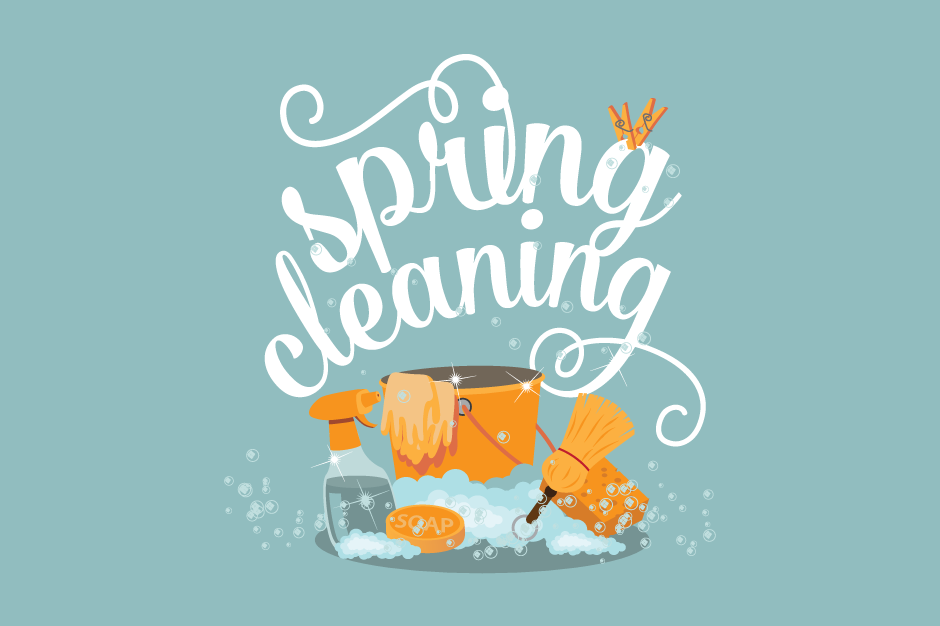Everyone has experienced a fire drill in their lifetime. We’ve heard plenty of stories about evacuations in the cold rain or during important meetings. Whilst we may moan about the inconvenience, it is important to remember that fire drills are just as essential to fire safety and prevention as fire alarms and fire extinguishers.
We’ve put together a handy guide for you highlighting the significant of fire drills and how to implement them successfully within your place of work.

Why?
“According to the Regulatory Reform (Fire Safety) Order 2005, a fire drill must be carried out at least once a year, and all staff must be part of a fire drill at least once a year.”
Not only is it a legal requirement to carry out regular fire drills within the workplace, there are plenty of other reasons to implement them.
– Fire drills help to form part of an effective fire protection strategy alongside fire alarms, extinguishers and signs.
– To ensure that all members of your staff are aware of their own role in the event of a fire. It is common for people to panic when fires occur, so, being clear on what is expected of them beforehand (e.g. raising the alarm) is an effective way to prevent mistakes from occurring.
– Furthermore, this ensures that all staff are aware of all areas of the building.
– Most importantly, implementing effective fire drills protects all staff and visitor from harm.

Who?
The appointed fire marshal will regulate when the fire drill takes place alongside senior management. From their training, the fire marshal will have a clear set of objectives that need to be met at each drill, e.g. the whole building being evacuated within a previously set time.
How?
1)Select fire alarm call point to be tested
2)The fire marshal must sound the alarm via the selected call point
3)Once the alarm has sounded, any fire wardens or other appointed persons (such as First Aiders) should undertake their trained role
4)All people in the building miss leave out of their nearest designated fire exit
5)Fire wardens will make sure that the areas they are responsible for are clear
6)Every person in the building must assemble at the official Fire Assembly Point
7)Fire Marshals will call register to ensure that everyone is accounted for
8)Once the objectives have been met, all personnel will be given the notification to return to the building

What to Record?
It is important that the fire marshal records each fire drill in the Fire Log Book. he fire marshal is to record the drill in the Fire Log Book. Within this, they will record:
– The date and time of evacuation
– The call point tested
– The amount of time the evacuation took
– Delays or hazards encountered during evacuation
– Additional info such as whether the alarm sounded everywhere in the building, did all automatic doors release etc.
How to Assess Outcome?
Assessing the outcomes of a fire drill is fairly simply, all you need to ask yourself is:
– Was the evacuation a success/did it go to plan?
– Did you or anyone else pick up on any issues during the evacuation?
– Does the Fire Risk Assessment need to be modified?
– How will changes be assessed in future?
How to make Fire Drills more interesting
Regular fire drills can become boring to those who have to take part. You can certainly make drills a little more interesting by preparing your staff for unexpected obstacles during their evacuation. For example:
– Lock or block a fire door
– Ask member of staff to fake injury
The whole reason we implement drills is to prepare people for the worst-case scenario. If a fire did occur, there would certainly be unplanned obstacles that might slow people down or confuse them. By adding variables such as the above, you can make your drill more realistic and monitor how staff respond to added stress factors.

What is a Personal Emergency Evacuation Plan?
A Personal Emergency Evacuation Plan (PEEP) is an adapted evacuation plan for individuals who may not be able to access the fire assembly point without assistance within a suitable amount of time in the event of a fire emergency.
A Personal Emergency Evacuation Plan may be required for staff who have:
– Mobility impairments
– Sight impairments
– Hearing impairments
– Cognitive impairments
A temporary PEEP may be required for:
– Short term injuries (e.g. broken leg)
– Temporary medical conditions
– Pregnant women
If you are interested in becoming a Fire Warden for your business or would like to learn more about general fire safety, Ajuda offers both in-house or online training in this subject. For more information please contact daisy@ajuda.org.uk or call us on 029 2057 6883.


 Mike Pratt
Mike Pratt
